Treatments
Root Canal

Root canal treatment
The tooth is made up of three layers, such as enamel, dentine, and pulp (the innermost layer). When a tooth has decay, large and deep fillings, cracked or fractured due to an accident or excessive wear of enamel due to grinding, there will be a sign of pulp damage, which includes pain, prolonged sensitivity to heat and cold, discoloration of the tooth, swelling, tenderness of the overlying gums, or a bad taste in the mouth. The RCT saves the teeth that would otherwise be extracted. After the root canal treatment, the tooth can function normally.
This procedure involves
The manufacturing industry became a key sector of production and labour in European and North American countries during the Industrial Revolution, upsetting previous mercantile and feudal economies. The Industrial Revolution, which took place from the 18th to the 19th centuries.
- Removal of inflamed or infected tooth material.
- Cleaning and Disinfection.
- Filling and sealing with an inert material.
- Restoration of the crown with an aesthetic cap.
- It is a multi-step procedure and may require multiple visits.
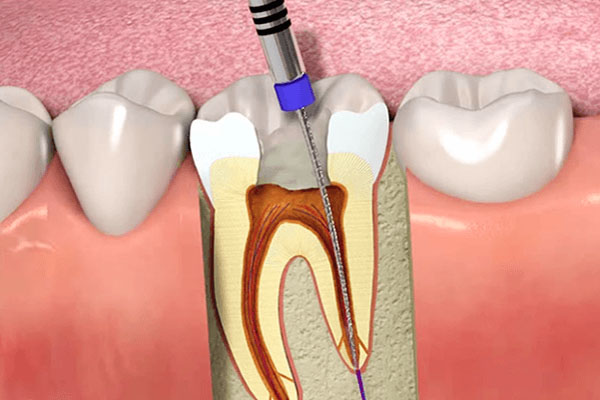

The pulp is the soft tissue that contains nerves, blood vessels, and connective tissue. It lies within the tooth and extends from within the crown of the tooth (that portion of the tooth that is visible) to the tip of the root in the bone of the jaws.
Treatment often involves from one to three visits. During treatment, the diseased pulp gets removed. The pulp chamber and root canal(s) of the tooth are then cleaned and they are filled with a rubber-type material that seals the tooth so that no germs enter the tooth.
Treatments
Dental Fillings
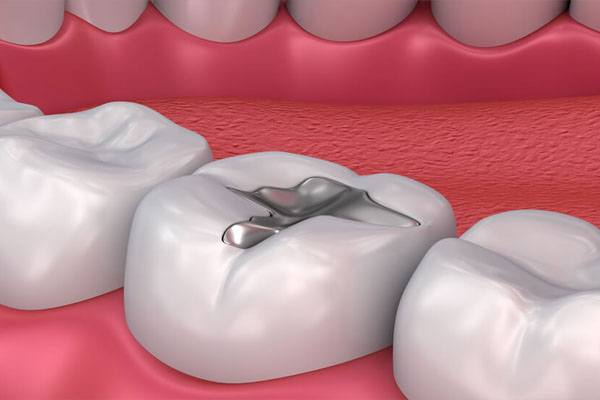
Dental Fillings treatment
A dental filling is a treatment procedure to restore missing tooth structure and its function back to shape, which could have been a result of decay or accidental damage. Decay makes teeth hollow. A dental filling helps to fill this gap and protect it from further decay and damage.
A dental filling is normally required if your tooth is decayed. This treatment procedure can prevent further damage and can protect your tooth.This procedure involves
The manufacturing industry became a key sector of production and labour in European and North American countries during the Industrial Revolution, upsetting previous mercantile and feudal economies. The Industrial Revolution, which took place from the 18th to the 19th centuries,
- The very first step involved in this process is to inspect and examine the severity of the infection; the reason being that this procedure is only suitable for minor fractures and decay.
- The dentist then examines the tooth, and if required, an X-ray would be taken for precise information about the extent of the damage.
- Depending upon the extent of decay, local anesthesia will be administered to make the area around the infected tooth numb.
- Then the decayed or damaged tooth or the areas around it is prepared for restoration
- If the tooth is damaged, then a dental air abrasion instrument or a laser can be used to remove the damaged part.
- A filling ideally of glass ionomer or composite resin is then applied to fill the cavity.
- The type of filling will depend upon case to case and person to person
- Finally, the finished tooth can be polished to conclude the dental filling procedure
- There are various types of fillings like Composite, Ceramic, Glass Ionomer, Gold & Amalgam Fillings.
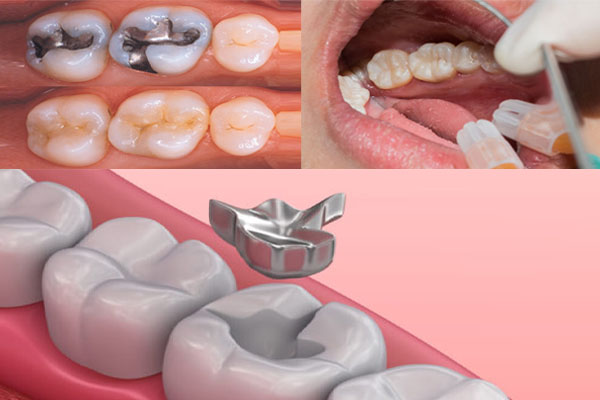

Filling materials used to be silver or flexible, biocompatible cement. Now, the most widely used substance is a tooth-colored plastic composite that is soft at first but hardens to the teeth when exposed to UV light.
When food particles are left behind on the teeth, oral bacteria feed on them and forms plaque. Over time, plaque hardens to form tartar, and bacteria release acids that dissolve the strong outer layer of the teeth, called enamel. This creates a hole, or cavity, for oral bacteria to attack the sensitive tissues inside the teeth, and the procedure to seal the hole is called a filling.
Treatments
Dentures
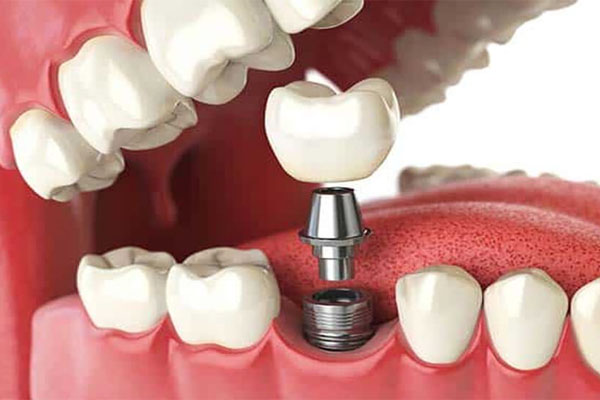
Dentures treatment
Dentures are removable prostheses that are used to replace missing teeth and tissue. Dentures are of two types: complete and partial.
Complete dentures are advised when all the teeth are missing, and partial dentures are applied when some natural teeth are missing. They are custom-made especially for a set of teeth and gum lines.
Complete dentures fit over the upper teeth and roof and on the lower teeth, placed like a horseshoe. They are conventional dentures and are removed during the night for cleaning.
A partial denture rests on a metal framework that attaches to your natural teeth. Sometimes crowns are placed on some of your natural teeth and serve as anchors for the denture. Partial dentures offer a removable alternative to bridges.

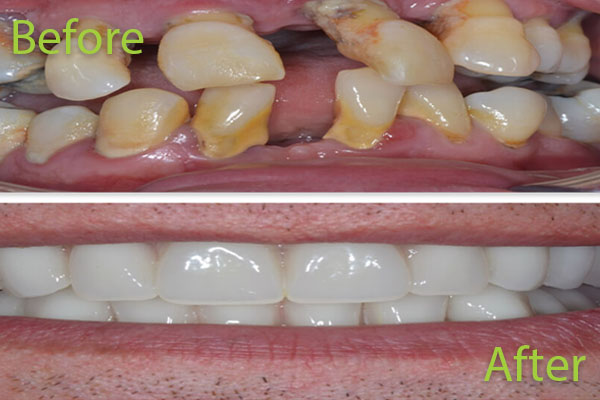
Treatments
Dental Implants

Dental Implants treatment
Dental implants are easily the most popular and also the ideal solution, for replacing your missing tooth/teeth.
Why it's done
- Have one or more missing teeth
- Have adequate bone to secure the implants or are able to have a bone graft
- Have healthy oral tissues
- Don't have health conditions that will affect bone healing
- Are unable or unwilling to wear dentures
- Want to improve your speech
- Are willing to commit several months to the process


Almost anyone who is missing a single tooth, multiple teeth, or all teeth is a candidate for dental implants. Talk to your prosthodontist about your specific needs.
Dentures cannot be “made into implants”. Implants are metal screws placed into the jawbone to help anchor and support artificial teeth (dentures). It may be possible to have implants placed beneath existing dentures to aid in the stabilization and support of those dentures. This could only be done if the current dentures were otherwise in excellent condition. You should consult with your prosthodontist to have your existing dentures carefully examined.
Treatments
Dental Crowns

Dental Crowns treatment
Unlike removable devices such as dentures, which you can remove and clean every day, crowns and bridges are cemented onto existing teeth or implants and can only be removed by a dentist.
A crown is used to entirely cover or conceal a damaged tooth. Besides strengthening a damaged tooth, a crown can be used to improve the appearance, shape, or alignment. A crown can also be placed on top of an implant to provide a tooth-like shape and structure for function. Porcelain or ceramic crowns can be matched to the colour of your natural teeth. Other materials include gold, metal alloys, acrylic, and ceramic. These alloys are generally stronger than porcelain and may be recommended for molar teeth. Porcelain bonded to a metal shell is often used because of its strength and aesthetic appeal.
Why Is a Dental Crown Needed?
A dental crown may be needed in the following situations:
- To protect a weak tooth (for instance, from decay) from breaking or to hold together parts of a cracked teeth.
- To restore an already broken tooth or a tooth that has been severely worn down.
- To cover and support a tooth with a large filling when there isn't a lot of tooth left.
- To hold a dental bridge in place.
- To cover misshapened or severely discolored teeth.
- To cover a dental implant.
- To make a cosmetic modification.
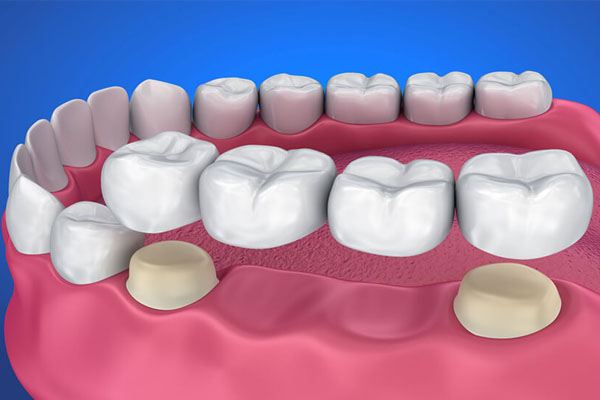

The crowns, when cemented into place, fully encase the entire visible portion of a tooth that lies at and above the gum line.


